Graphics Reference
In-Depth Information
(
)( )
=
(
)(
)
(
)(
)
(
)(
)
curl F
p
D F
-
D F
e
+
D F
-
D F
e
+
D F
-
D F
e
3
.
23
32
1
31
13
2
12
21
p
p
p
In classical notation,
n
Â
∂
F
x
i
i
div F
=
= — ∑
F
∂
i
=
1
curl F
=—¥
F
.
The comment earlier and Exercises 4.9.4 and 4.9.5 basically show that the
gradient, curl, and divergence operators are just the differential operator d.
4.9.1
Differential Forms and Integration
The last section developed the basic framework of differential forms. In this section,
and then later in Section 8.12, we show how differential forms are related to inte-
gration. Here we shall deal with integration on open subsets of
R
n
. Section 8.12 will
deal with integration on manifolds. We will have to plow through a lot of definitions
and technical facts, but at the end it will all be worth it because some important the-
orems like Stokes' theorem will become trivialities! We shall follow the presentation
given in [Spiv65] and [Spiv70a].
Although all definitions and results were stated with respect to
R
n
in the last
section, this was done only to simplify the discussion. It is easy to check that every-
thing applies to open subsets. We shall need this more general context now. In fact,
we shall also feel free to talk about differential forms on cubes [0,1]
n
. Although the
latter are closed sets, they are very nice sets and when it comes to differentiability
issues one can either take one-sided derivatives or assume without any problem that
functions are defined on an open neighborhood of the cube.
Let
A
be an open subset of
R
n
.
A
singular k-cube
in
A
is a C
•
function c : [0,1]
k
Definition.
Æ
A
.
As usual, we chose singular k-cubes to be C
•
so that we do not have to mess with
differentiability questions. A singular 0-cube can be thought of as a point and a sin-
gular 1-cube is just a parametric curve. We shall need to talk about boundaries of
cubes and so we need some more notation.
Definition.
The inclusion map I
n
: [0,1]
n
Æ
R
n
, I
n
(
p
) =
p
, is called the
standard
singular n-cube
. The
(i,j)-faces
of I
n
are the singular (n - 1)-cubes
-
[]
Æ
[]
n
1
n
n
I
:,
01
01
, ,
1
££
i
n and j
=
0
or
1
,
(
)
ij
,
defined by
n
(
)
=
(
)
I
xx
,
,...,
x
xx
,...,
xj x
, ,
,...,
x
.
(4.35)
12
n
-
1
12
,
i
-
1
i
n
-
1
(
ij
,
)
Given a singular k-cube c : [0,1]
k
Æ
A
, define the singular (n - 1)-cube c
i,j
, called the
(i,j)-face
of c, by


